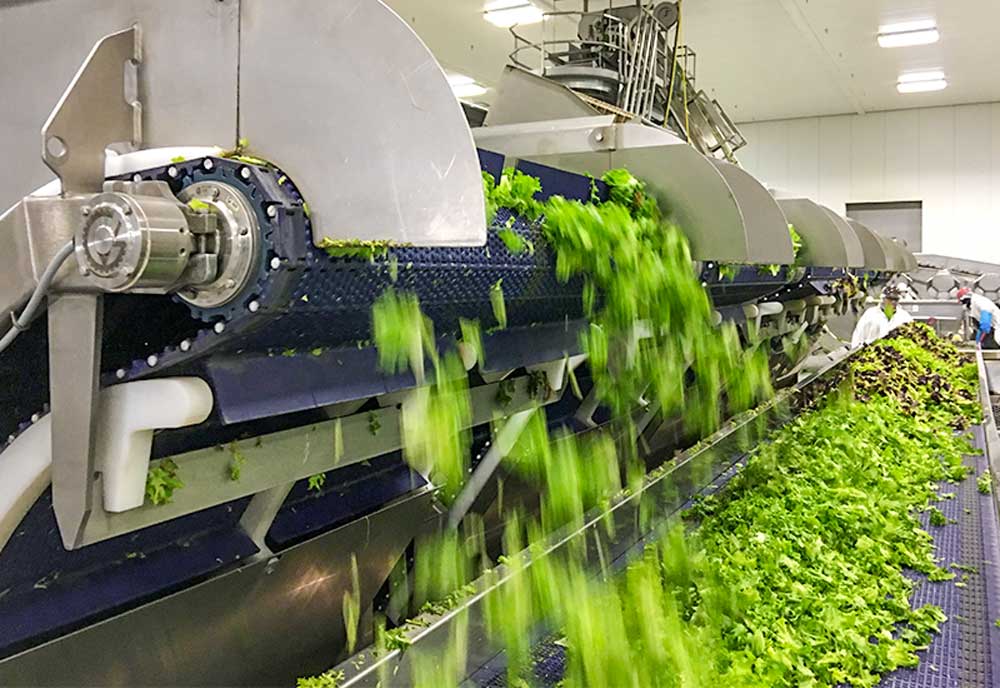
Motor And Drive Innovations Give Food Manufacturers More Power Options
Moderate-cost condition monitoring sensors and housings designed for optimal cleaning and sanitizing are among advancements in power systems.
Powering production in food plants is not as simple as throwing a switch. Peak-time charges, outages, surges and other factors can complicate calculations of cost and reliability and require solutions that go beyond standardizing on premium motors.
The good news is that OEMs are delivering solutions on multiple fronts, from systems approaches to power delivery and servo options to sanitary design improvements and smart motors.
[ . . . ]
Drum motors have a 30-year track record of powering conveyor belts, though reliability issues and food-waste accumulation kept them out of many food-production environments, particularly meat and poultry. Kanaris credits his firm’s work in the mining industry with helping it resolve the reliability issue. Sanitary design led to improvements like a 316 stainless steel drum with motor, gear drive and all moving components enclosed. Compared to a conventional drum with an external drive and no permanent magnet, the system produces about a 25 percent energy savings.
“It’s a three-phase motor with an electromagnetic field in the rotor that boosts the stator,” he says of the assembly. The addition of a digital frequency inverter enables speed control with an IoT connection. The drum assembly comes with its own IP address, though it also can be controlled through a local network.
Incorporating the frequency inverter into the assembly increases the importance of the motor encapsulation process that Van der Graaf calls vacuum pressure impregnation. Epoxy typically is added to the motor cavity to encapsulate wiring and harden the windings to prevent premature failure. Any air pockets in the epoxy can pick up a charge from static electricity and destroy the motor when it discharges.
To eliminate voids, Van der Graaf submerges the motor in varnish and applies vacuum during a one-hour process. “You end up with almost zero air pockets,” says Kanaris. This step, along with synthetic lubricant in a gearbox that is closed to atmosphere and not prone to oxidation, gives the firm confidence in guaranteeing 50,000 hours of run time between oil changes.
[ . . . ]
View original article